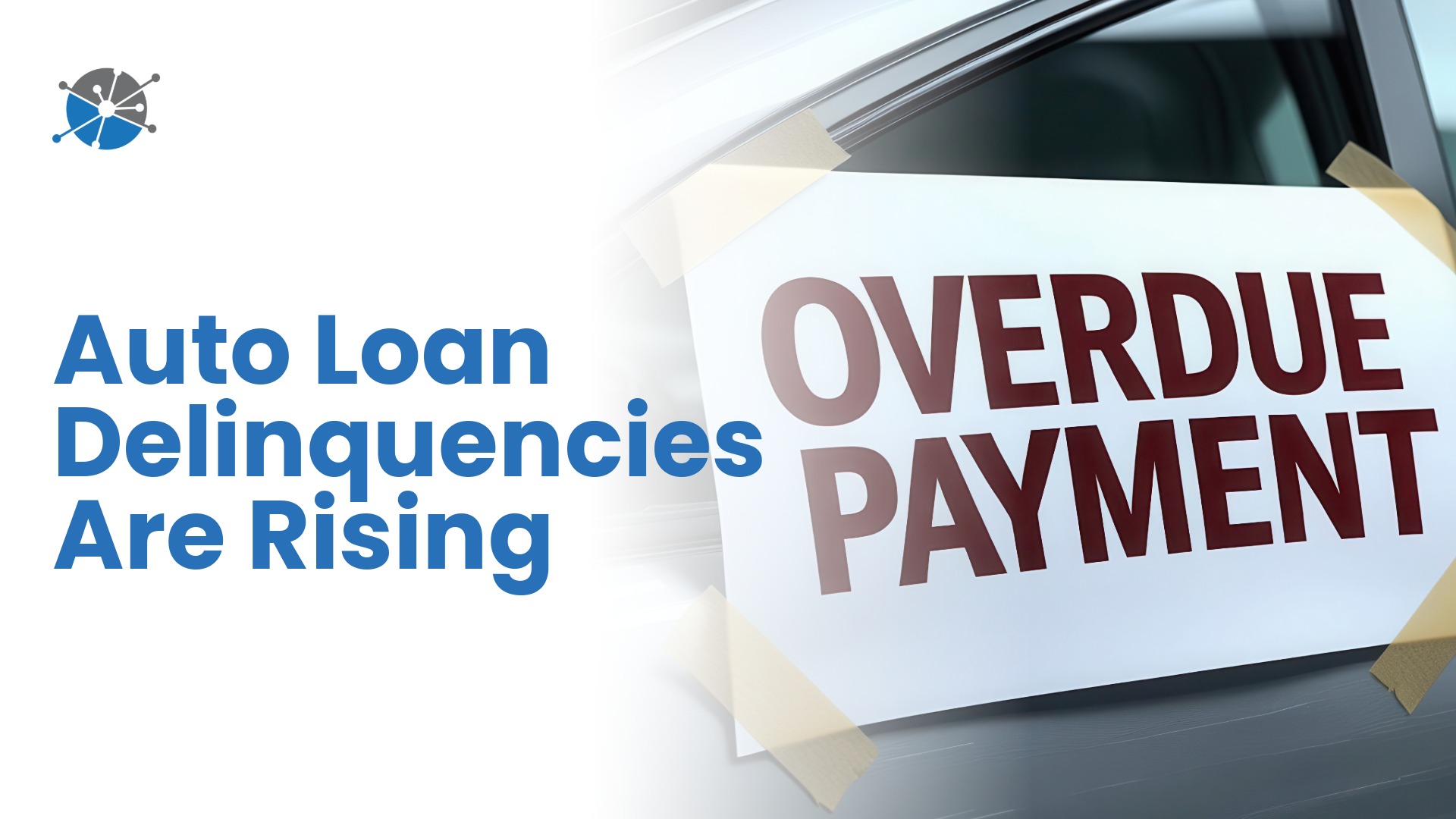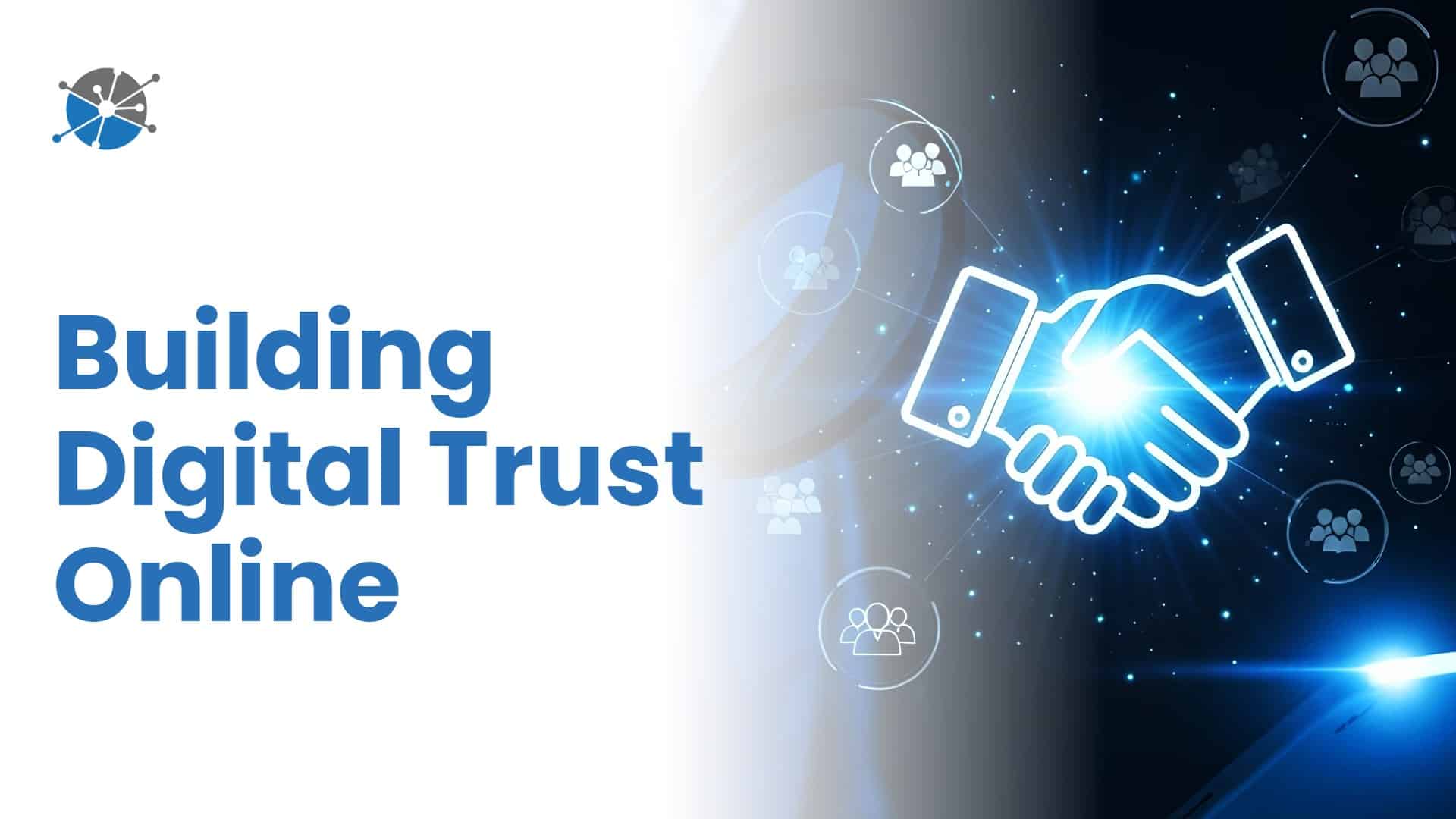
Deciding When to Sue Charged-Off Accounts Receivable
The field of debt recovery is full of multifaceted, complex decisions to consider. One of the most pivotal is determining if and when to sue on an account. Each past-due account requires a different approach—some may be best resolved by selling, some by forwarding to an agency, and others might necessitate litigation. Data helps guide these decisions by providing a comprehensive understanding of the account’s specifics.
Ultimately, the choice hinges on several important elements including voluntary collections success, consumer solvency, data availability, and alignment with client expectations. Here, we’ll delve into the assimilation of these critical factors that help facilitate an informed, strategic, and transparent decision-making process.
Crafting well-timed, data-informed strategies
Data forms the backbone of any strategic decision in the realm of debt recovery. It not only provides valuable insights into the consumer’s financial standing but also aids in determining the future course of action.
Timing is also critical to the success of the decision. By thoughtfully timing the initiation of legal proceedings, creditors may be able to better manage the costs associated with litigation while also providing the consumer with sufficient opportunity to voluntarily satisfy their obligation. Leading with a legal strategy is not the typical course of action for most types of receivables, yet waiting too long brings statutes into consideration. Herein lies the recovery conundrum. So how does one make a decision?
Key Factor 1: Previous efforts
Pursuing litigation requires a monetary investment on behalf of the lender and as a result, is often a determining factor in delaying deployment. Before deciding to litigate, all efforts to collect voluntary payment will likely have been exhausted. When recovering debt, voluntary collection efforts (“soft collections”) are the first step. Collectors aim to recover the outstanding balances by reaching a mutually agreed-upon payment plan, payment in full, or settlement in full.
Each consumer is different as are their particular circumstances. As a result, these efforts don’t always bear fruit. After exhausting all options, if these voluntary collections still fail to elicit a satisfactory response, a new question emerges: is litigation the logical next step?
Key Factor 2: Consumer solvency
Even if voluntary collection efforts have failed, a critical secondary factor comes into play when determining next steps: consumer solvency. It’s no secret that legal proceedings are time-consuming and costly. For an account to make a good candidate for suit, the projected return on investment needs to make financial sense. Before making a decision, therefore, it’s crucial to determine if and how the consumer can most likely fulfill their financial obligations.
If employment or other asset research indicates that the consumer lacks the means to settle the debt, taking the litigation route could result in an unfavorable cost-to-benefit ratio. Therefore, these two factors—voluntary collection efforts and consumer solvency—are important in the decision whether to sue.
Understanding net lift
Net lift is an important metric to keep in mind during receivables recovery efforts. It represents the difference between the costs involved in recovery actions and the amount eventually recovered. Simply put, it’s an indicator of the financial viability of a recovery strategy. By applying robust data and strong data analysis, one can determine which accounts are likely to provide a substantial return, making the recovery process more cost-effective.
It’s important to understand that recovery via the litigation route yields long-term returns; the results can be modeled based on past experience and actuals reported against forecasts for management and oversight.
Monitoring KPIs
Managing net lift effectively involves methodical planning and strategic decision-making, with data and communication at the forefront. Harvest’s master servicing team provides creditors the benefit of optimized strategy and analytics coupled with experienced law firm performance management in ensuring that the projected legal costs and returns are met as closely as possible.
Other operational considerations can also significantly impact net lift, such as the efficiency of the recovery process, the skill set of the collection team, and the robustness of the technology used in the process. A successful strategy involves balancing all these aspects to optimize net lift. That’s where Harvest’s legal network management expertise provides cost-effective lift to creditors in reaching optimal returns.
Aligning additional factors
To formulate an effective recovery strategy, various other elements need to sync with the data. These factors include client policies and expectations, the asset class, the balance on the account, and the effort previously expended on the account.
Aligning the appropriate understanding and consideration of these variables with the expertise within a legal network can lead to a holistic strategy. This comprehensive approach not only enhances the chances of recovery but also ensures that all actions align with the client’s expectations and requirements. As a process with many moving parts, working with a master service provider can be a highly worthwhile investment for the right portfolios.
Blending data and match-making for client success
Success in debt recovery is not just a product of sophisticated data analysis, but also of strategic match-making. By leveraging data, we can predict the consumer’s ability to pay, their behavior, and the likelihood of recovery. Data is what enables us to segment consumers into different groups, each with its unique strategy—be it sale, agency placement, pre-legal, or legal action.
Having and understanding the data is one thing; acting on it accordingly is another. That’s where industry experience comes into play. By pairing the right recovery strategies with the right accounts, and by aligning these strategies with client expectations and the expertise of our network partners, we can drive successful recoveries.
This process also involves managing a wide variety of asset classes and balances, understanding previous work efforts made on the accounts, and aligning these factors to the right recovery strategies. A successful recovery strategy is not a one-size-fits-all approach, but a carefully customized plan based on each account’s unique characteristics and the client’s specific needs.
The Harvest Advantage
Harvest Strategy Group has been a pioneer in the realm of account litigation decision-making for over 15 years. Leveraging our wealth of experience and deep understanding of the intricacies of debt recovery, we have built custom recovery solutions for our clients that not only meet their objectives but also keep compliance at the forefront.
Data is our compass. We use it to drive decision-making, manage costs, and design recovery strategies that deliver true net lift. Our proprietary ProScore™ Portfolio Analysis is a return-on-cost model that helps build portfolio collection strategies. The higher the score, the more optimal it is for litigation, allowing us to focus resources on accounts that offer the best return.
But data isn’t our only strength. We’ve built strong, enduring relationships with our network partners over the years. These relationships augment our data-driven strategies, allowing us to match accounts with the right partners for effective and efficient recoveries. Our network of partners is continually evolving, ensuring that we’re always equipped to meet the changing needs of the credit landscape and utilizing top-performers in performance and compliance metrics.
To learn more about portfolio placement or litigation strategy managed by Harvest Strategy Group, please visit harveststrategygroup.com or call us at 303-531-0654.
About Harvest Strategy Group, Inc.
Harvest Strategy Group provides single-point-of-contact, nationwide recovery management services for banks, finance companies, debt buyers, and credit unions. The company fosters an entrepreneurial environment and encourages its staff to challenge boundaries, think outside the box, and feel a sense of ownership and accountability for results. Harvest’s mission is to lead the accounts receivable management industry through strength in partnerships, exceptional service, and the delivery of superior results. If you wish to join our team, apply to Harvest Strategy Group online.







